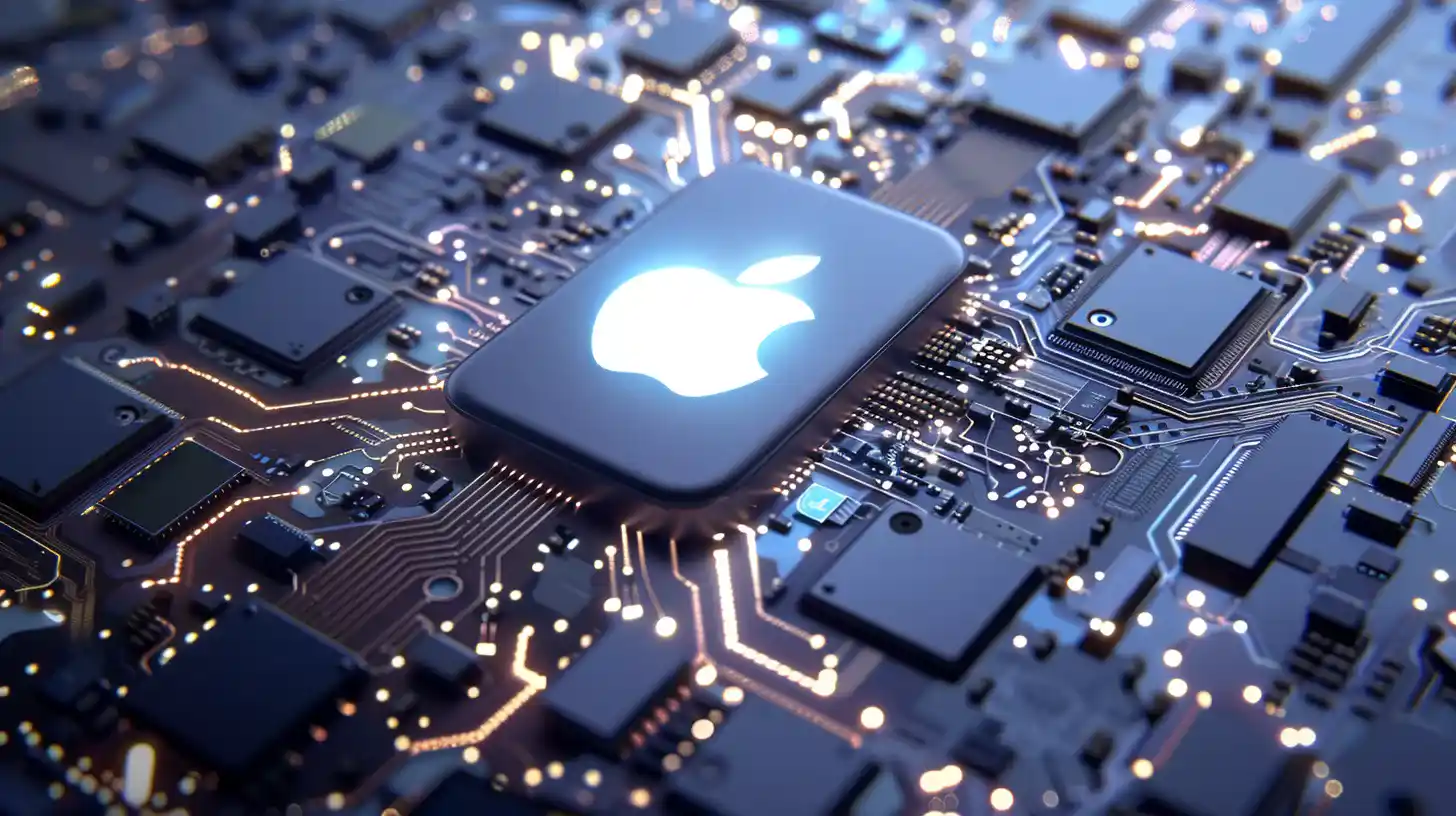Table of Contents
Introduction: Apple’s Strategic Shift Towards On-Device AI
In a recent analyst note obtained by 9to5Mac, Jeff Pu from Haitong International Tech Research unveils Apple’s strategic plans for the A18 Pro chip, signaling a significant focus on on-device artificial intelligence (AI). This move comes amidst a growing demand for AI capabilities in smartphones and a shift towards edge computing for faster and more privacy-centric AI processing.
Understanding the A18 Pro Chip: Catering to On-Device AI Demands
Pu’s analysis suggests that Apple is gearing up for changes specifically tailored to enhance the on-device AI capabilities of the A18 Pro chip. With a notable emphasis on edge AI computing, Apple aims to leverage the A18 Pro’s potential to execute machine learning tasks directly on interconnected edge devices, without relying heavily on cloud infrastructure.
A Deeper Dive into A18 Pro’s Features and Enhancements
Pu highlights key insights into the upcoming A18 Pro chip, indicating a larger die area compared to its predecessor, the A17 Pro. This increase in die area allows for more transistors and specialized components, paving the way for enhanced AI processing capabilities. However, it also raises concerns regarding potential defects, design flaws, and impacts on energy efficiency and heat dissipation.
Balancing Act: Striking the Perfect Balance Between Performance and Efficiency
As Apple accelerates A18 Pro chip production ahead of the iPhone 16’s launch, the company faces the critical challenge of balancing performance with energy efficiency. With edge AI computing becoming increasingly essential, Apple must tread carefully to optimize the chip’s design for seamless on-device AI experiences while mitigating potential drawbacks associated with larger die sizes.

Edge AI Computing: Redefining Real-Time AI Processing
Edge AI computing presents a transformative opportunity for real-time AI processing on mobile devices. Through the integration of edge computing and AI algorithms, data processing occurs directly at the network edge, providing rapid feedback and immediate insights. This strategy resonates with Apple’s steadfast dedication to privacy and user experience, guaranteeing the security of sensitive data on-device.
By capitalizing on edge AI computing, Apple can deliver seamless and lightning-fast AI experiences while upholding its commitment to safeguarding user privacy and enhancing the overall user experience.
This innovative approach not only accelerates AI tasks but also ensures that users have greater control over their data, reinforcing Apple’s reputation as a pioneer in privacy-centric technology solutions.
The Evolution of Apple’s AI Strategy: A Glimpse Into the Future
Pu’s report sheds light on Apple’s evolving AI strategy, emphasizing a split approach that combines on-device AI processing with cloud-based solutions. This hybrid model allows Apple to harness the strengths of both paradigms, delivering a comprehensive AI experience that seamlessly integrates with the iOS ecosystem.
Conclusion: The A18 Pro Chip – Pioneering On-Device AI Innovation
Amidst the anticipation surrounding the impending iPhone 16 series, one certainty emerges: the A18 Pro chip is poised to redefine on-device AI performance. By prioritizing edge AI computing and refining its design for AI tasks, the A18 Pro heralds a new era of immersive user experiences. With Apple’s relentless pursuit of innovation, the horizon for on-device AI shines brighter than ever.
The A18 Pro chip not only promises heightened efficiency but also embodies Apple’s commitment to seamless integration and user privacy. As Apple pioneers advancements in AI technology, the iPhone 16 series stands as a testament to the company’s dedication to pushing boundaries and shaping the future of mobile computing.